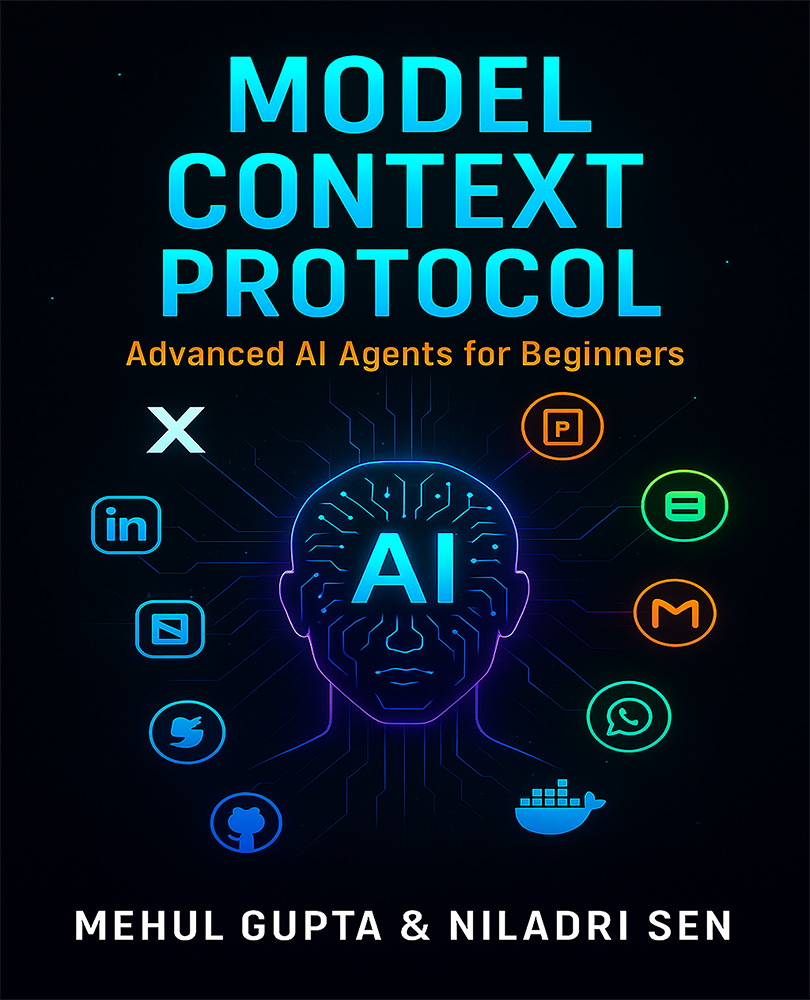Facebook AI team announced a new tool, called Aroma, last week. Aroma is a code-to-code search and recommendation tool that makes use of machine learning (ML) to simplify the process of gaining insights from big codebases.
Aroma allows engineers to find common coding patterns easily by making a search query without any need to manually browse through code snippets. This, in turn, helps save time in their development workflow. So, in case a developer has written code but wants to see how others have implemented the same code, he can run the search query to find similar code in related projects.
After the search query is run, results for codes are returned as code ‘recommendations’. Each code recommendation is built from a cluster of similar code snippets that are found in the repository.
Aroma is a more advanced tool in comparison to the other traditional code search tools. For instance, Aroma performs the search on syntax trees. Instead of looking for string-level or token-level matches, Aroma can find instances that are syntactically similar to the query code. It can then further highlight the matching code by cutting down the unrelated syntax structures.
Aroma is very fast and creates recommendations within seconds for large codebases. Moreover, Aroma’s core algorithm is language-agnostic and can be deployed across codebases in Hack, JavaScript, Python, and Java.
How does Aroma work?
Aroma follows a three-step process to make code recommendations, namely, Feature-based search, re-ranking and clustering, and intersecting.
For feature-based search, Aroma indexes the code corpus as a sparse matrix. It parses each method in the corpus and then creates its parse tree. It further extracts a set of structural features from the parse tree of each method.
These features capture information about variable usage, method calls, and control structures. Finally, a sparse vector is created for each method according to its features and then the top 1,000 method bodies whose dot products are highest are retrieved as the candidate set for the recommendation.

Aroma
In the case of re-ranking and clustering, Aroma first reranks the candidate methods by their similarity to the query code snippet. Since the sparse vectors contain only abstract information about what features are present, the dot product score is an underestimate of the actual similarity of a code snippet to the query. To eliminate that, Aroma applies ‘pruning’ on the method syntax trees. This helps to discard the irrelevant parts of a method body and helps retain all the parts best match the query snippet. This is how it reranks the candidate code snippets by their actual similarities to the query.
Further ahead, Aroma runs an iterative clustering algorithm to find clusters of code snippets similar to each other and consist of extra statements useful for making code recommendations.
In the case of intersecting, a code snippet is taken first as the “base” code and then ‘pruning’ is applied iteratively on it with respect to every other method in the cluster. The remaining code after the pruning process is the code which is common among all methods, making it a code recommendation.
“We believe that programming should become a semiautomated task in which humans express higher-level ideas and detailed implementation is done by the computers themselves”, states Facebook AI team.
For more information, check out the official Facebook AI blog.
How to make machine learning based recommendations using Julia [Tutorial]
Facebook AI open-sources PyTorch-BigGraph for faster embeddings in large graphs
Facebook AI research and NYU school of medicine announces new open-source AI models and MRI dataset
Unlock access to the largest independent learning library in Tech for FREE!
Get unlimited access to 7500+ expert-authored eBooks and video courses covering every tech area you can think of.
Renews at $19.99/month. Cancel anytime
 United States
United States
 Great Britain
Great Britain
 India
India
 Germany
Germany
 France
France
 Canada
Canada
 Russia
Russia
 Spain
Spain
 Brazil
Brazil
 Australia
Australia
 Singapore
Singapore
 Canary Islands
Canary Islands
 Hungary
Hungary
 Ukraine
Ukraine
 Luxembourg
Luxembourg
 Estonia
Estonia
 Lithuania
Lithuania
 South Korea
South Korea
 Turkey
Turkey
 Switzerland
Switzerland
 Colombia
Colombia
 Taiwan
Taiwan
 Chile
Chile
 Norway
Norway
 Ecuador
Ecuador
 Indonesia
Indonesia
 New Zealand
New Zealand
 Cyprus
Cyprus
 Denmark
Denmark
 Finland
Finland
 Poland
Poland
 Malta
Malta
 Czechia
Czechia
 Austria
Austria
 Sweden
Sweden
 Italy
Italy
 Egypt
Egypt
 Belgium
Belgium
 Portugal
Portugal
 Slovenia
Slovenia
 Ireland
Ireland
 Romania
Romania
 Greece
Greece
 Argentina
Argentina
 Netherlands
Netherlands
 Bulgaria
Bulgaria
 Latvia
Latvia
 South Africa
South Africa
 Malaysia
Malaysia
 Japan
Japan
 Slovakia
Slovakia
 Philippines
Philippines
 Mexico
Mexico
 Thailand
Thailand















